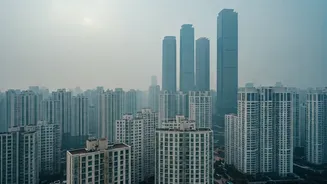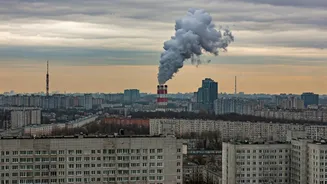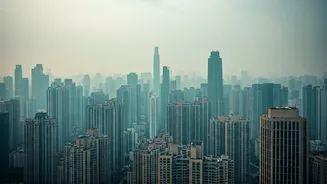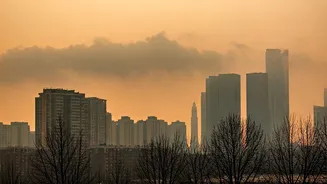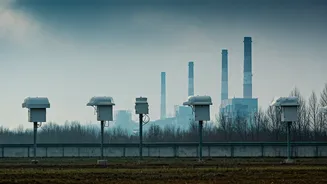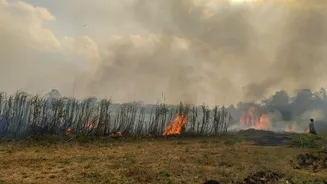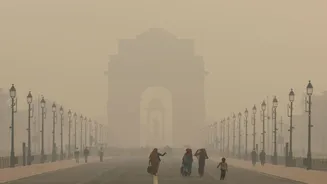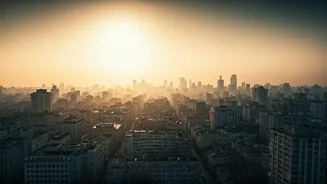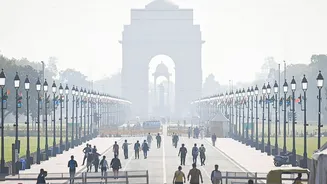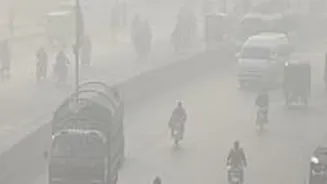Pollution's Grim Reality
The capital city is currently battling an environmental health crisis with concerning air quality indexes, particularly after the post-Diwali period. The data
reveals that Ludhiana, a city in Punjab, experienced a severe spike in air quality index, peaking at 282. This highlights the severity of the pollution problem in the broader region. This sharp increase in pollution levels immediately after Diwali is a cause for public health concerns. Residents are exposed to harmful pollutants, leading to potential health issues, especially for vulnerable groups like children, the elderly, and those with pre-existing respiratory problems. The post-Diwali spike serves as a grim reminder of the need for sustained efforts to combat air pollution and safeguard public health.
Potential Contributing Factors
Examining the factors behind the pollution levels requires scrutiny of diverse sources, including industrial emissions and vehicular pollution. The complexities behind the situation also bring up other considerations, particularly regarding construction activities and the role of stubble burning. It's imperative that multiple factors be addressed to manage the pollution levels in the city.
Addressing the Crisis
Multiple approaches are necessary to improve Delhi's air quality. This includes the government implementing and enforcing strategies and campaigns to promote awareness of air pollution. The complexity of the problem requires a collective effort, with the government, residents, and various stakeholders working together to find lasting solutions. Effective measures need to be both short-term to give immediate relief, and long-term, to resolve the root of the problem.
